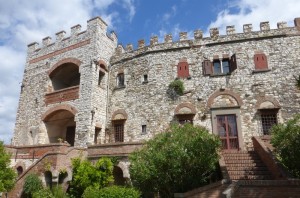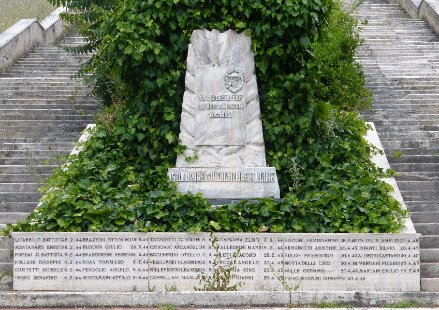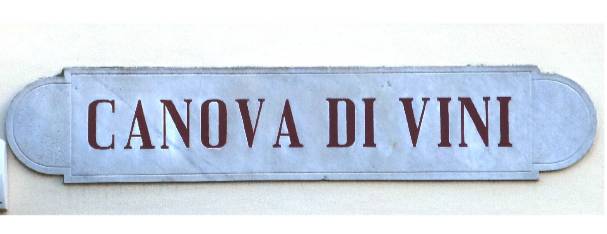
In ancient times, the hills overlooking the Arno Valley on the left bank of its course were crowned with castles and towers.
They formed a line of fortifications guarding the narrow streets that followed almost parallel to the river and blocked the valley passage to defend Florence from attacking enemies. If necessary, the individual garrisons were reinforced by sending troops from the city and surrounding alloys.
News ran quickly through a very efficient system of “medieval telegraphy”. From the top of each castle you could communicate with others – even those very far – with chain signals from tower to tower. During the day, messages were transmitted with columns of smoke or by waving certain flags and at night bonfires were lit with stubble and straw in a conventional manner.
Today, in the Villamagna territory you can identify some of these castles which were built in important strategic positions. We find Rignalla, Belforte, Monte Acuto and Poggio a Luco, all of which of Lombard origin which were then passed to wealthy Florentine families who, after the fifteenth century, turned them into country villas.
Rignalla is a characteristic building near the church of Santa Maria and still retains its porch, courtyard and a solid, high crenellated wall of the ancient castle built on a rocky outcrop above the village of Vallina where the Arno makes a wide curve.
Belforte has been in the possession of the Canigiani for centuries and has all the characteristics of a fortress with crenellated walls and a defense tower. It used to guard the road leading to the crossings of Villamagna and dell’Incontro.
Monte Acuto is located in an elevated position at an altitude of 285 m. above sea level at the northern end of the hills of Villamagna on a rocky cliff that goes down to the banks of the Arno. Until the fourteenth century it was in the possession of the Compiobbesi who controlled the extended estate of the rich family and all the winding routes of the Arno from Remole to Candeli. You can still see the ancient walls, the tower and the various elements that make it seem like a powerful fortress.
The current villa di Poggio a Luco seems to have been the stronghold of a great castle that stretched up to the church of San Gherardo and was destroyed by the troops of Siena in 1260.
Massimo Casprini








